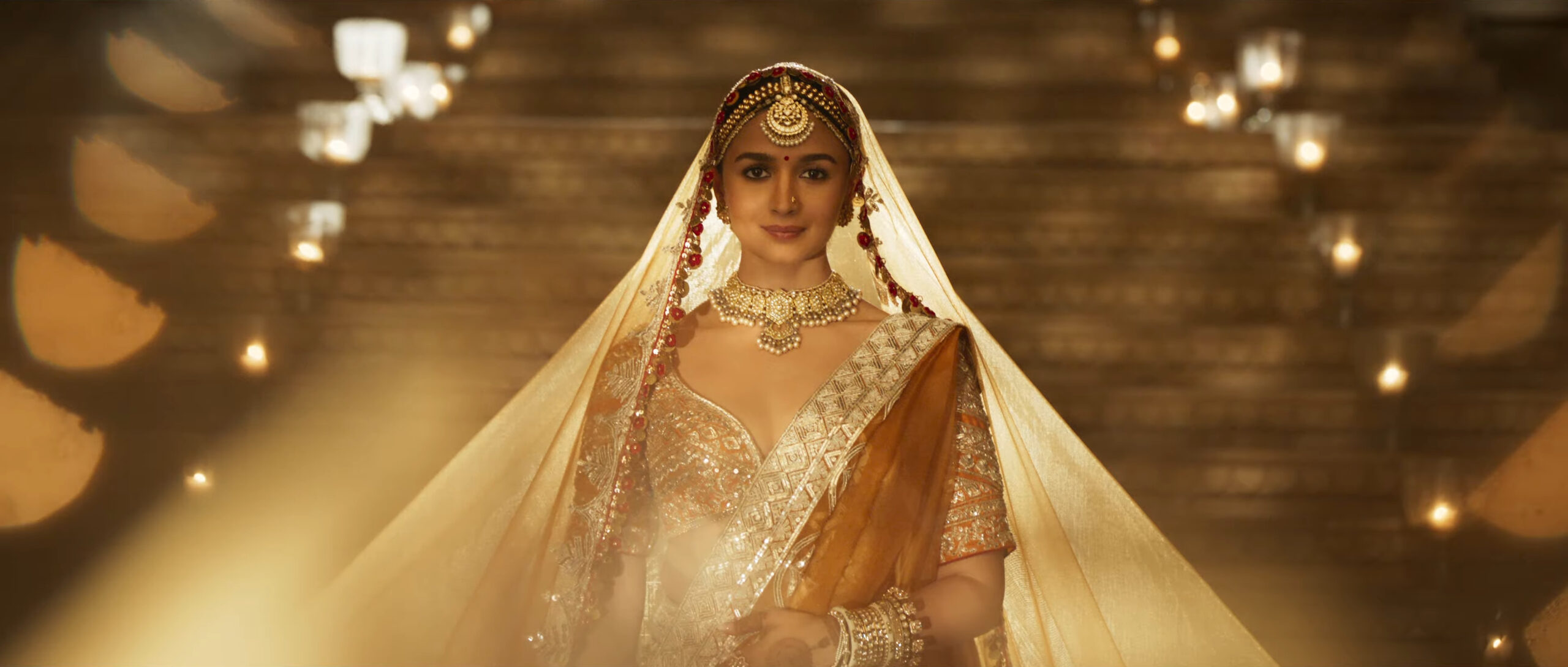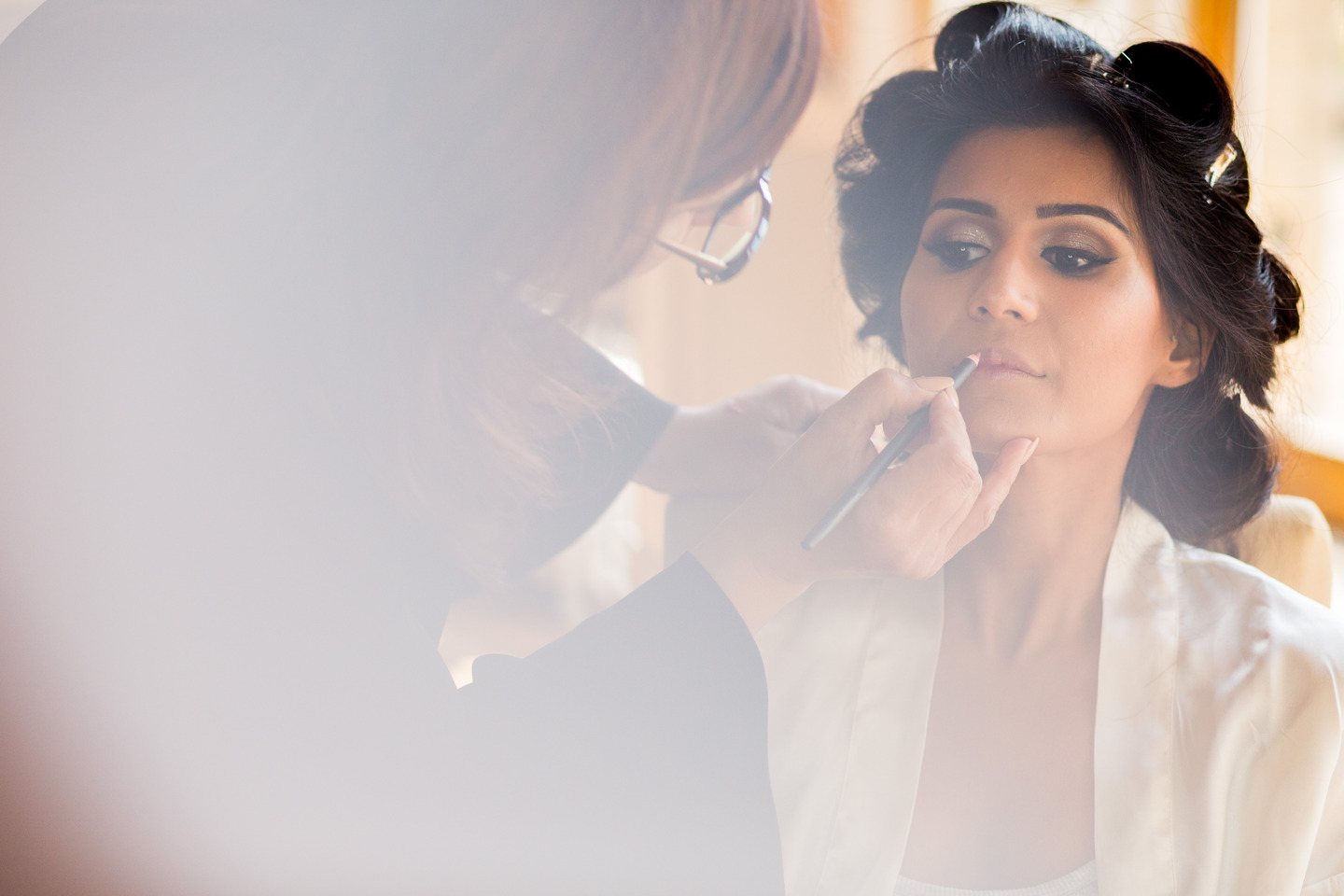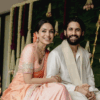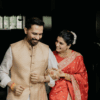Lights, lehengas, and long veils, Bollywood has never just been cinema. It’s been India’s most extravagant bridal runway. From the moment the opening credits roll, we’re transported into a world where love is epic, saris shimmer like poetry, and every bride walks in slow motion, wind in her hair, dreams in her eyes. For generations, Bollywood’s leading ladies have not just told love stories, they’ve worn them.
From the moment the opening credits roll, we’re transported into a world where love is epic, saris shimmer like poetry, and every bride walks in slow motion; wind in her hair, dreams in her eyes. For generations, Bollywood’s leading ladies have not just told love stories, they’ve worn them. They’ve shown us how to be a bride: unapologetically glamorous, deeply rooted in tradition, yet always on the cusp of something new. These women turned wedding fashion into a cultural blueprint. This is not just a style retrospective, it’s a love letter to the heroines who redefined bridal fashion, one cinematic frame at a time.
Rekha: The eternal gold standard
Before chiffon and pastels made their debut, Rekha reigned supreme with her unapologetic love for opulent fashion. Her portrayal in Umrao Jaan (1981) remains an enduring bridal fashion blueprint, rich Kanjeevarams, elaborate brocades, bold colours, and layers of tradition woven into every garment.
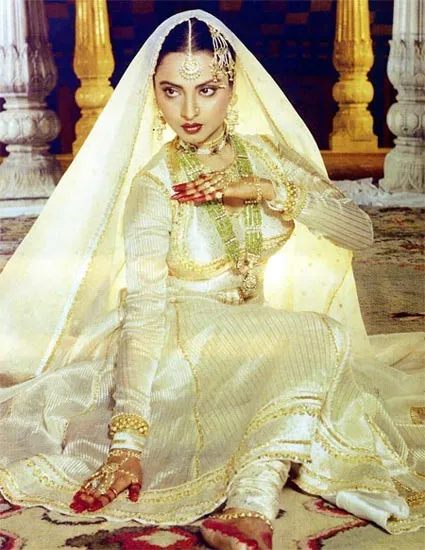

Rekha’s fashion aesthetic celebrated maximalism: dramatic drapes, luxurious textures, and a deep commitment to Indian craftsmanship. Brides who looked to her for inspiration weren’t afraid to embrace drama and heritage. Even today, many bridal trousseaus still include at least one outfit that nods to Rekha’s temple sari and potli glam.
Sridevi: Glamour in volume and silhouette
Sridevi’s style was defined by grandeur, theatricality, and commanding silhouettes. Whether in the sweeping anarkalis of Chandni or the lush saris of Lamhe, Sridevi’s wardrobe was layered, voluminous, and deeply feminine. Her choices leaned into drama; ruffles, oversized sleeves, and pleated skirts made her bridal fashion iconography rich and bold.
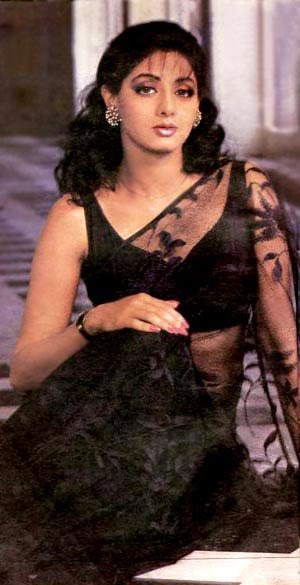
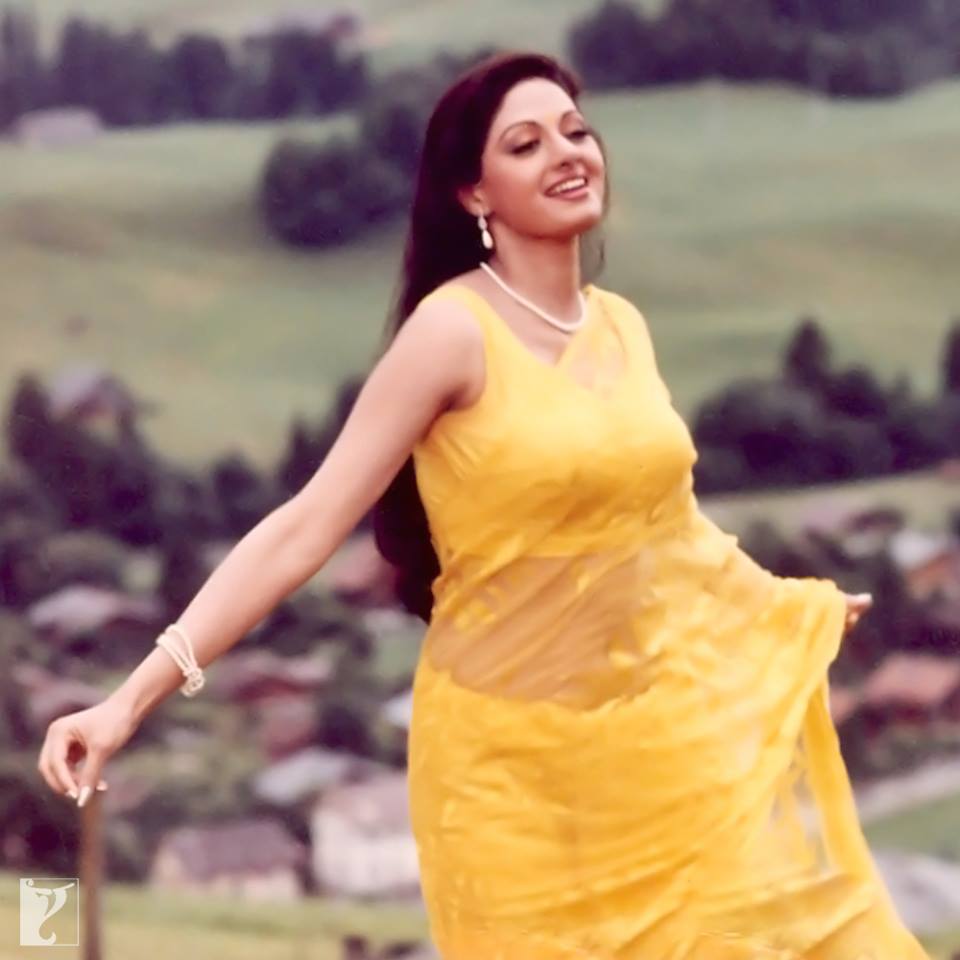
Sridevi made a strong case for the power of silhouette. She inspired brides to explore beyond the lehenga and embrace elaborate saris, shararas, floor-length kurtas, and dramatic dupatta styling, reviving traditional north Indian styles in high fashion.
Madhuri Dixit: The technicolour bride
Madhuri Dixit in Hum Aapke Hain Koun (1994) gave us the quintessential girl-next-door in technicolor lehengas and playful silhouettes. Her wardrobe in the film remains a bridal inspiration board; from sunshine yellows to deep purples, scalloped hems to cap-sleeved blouses. Brides in the ’90s and early 2000s were drawn to her vivacious, vibrant outfits that matched the joyous spirit of a wedding.
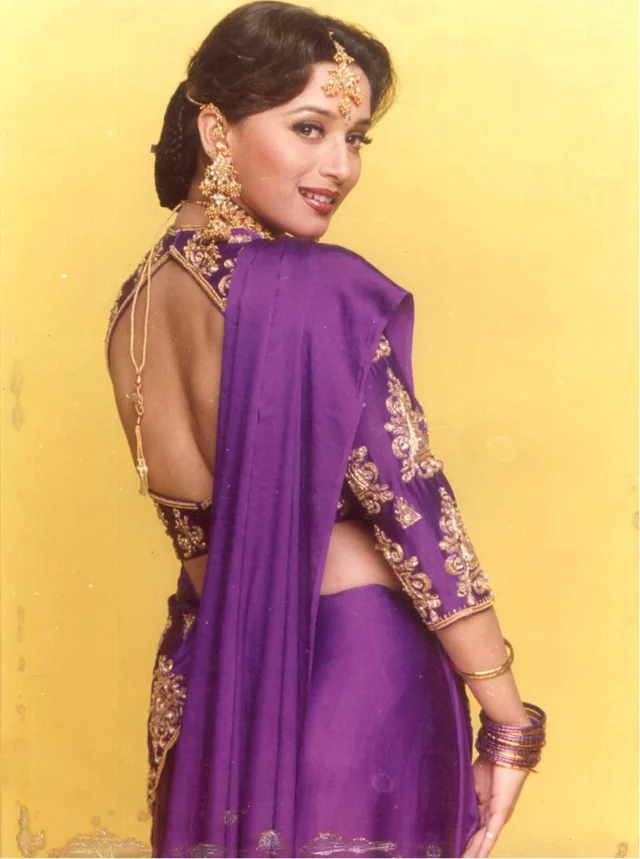
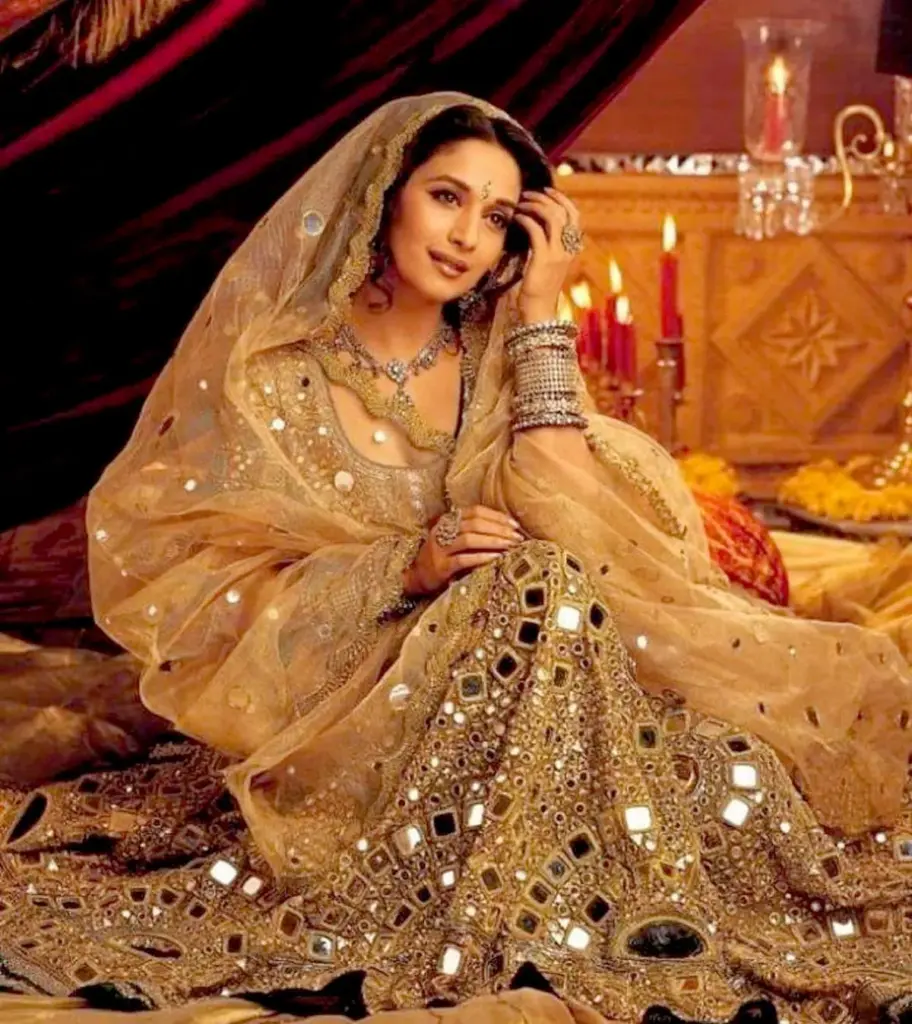
Her lehengas weren’t grand in a traditional sense, they were cheerful, comfortable, and perfect for dancing. Madhuri’s style showed brides that colour, whimsy, and movement had a place in Indian wedding fashion.
Kajol & Rani: The emotionally layered bride
Kajol’s mehndi look in Dilwale Dulhania Le Jayenge (1995); the green draped skirt became a symbol of romantic rebellion. It blended tradition with personal choice, creating a style language that felt rooted and real. Rani Mukerji, on the other hand, brought a deeper sensuality to bridal fashion with her saris and jewel tones in Chalte Chalte and Kabhi Alvida Naa Kehna. These weren’t just costumes; they were mood boards for women navigating the complexity of modern love.


Their fashion wasn’t about extravagance; it was about emotion, creating space for vulnerability, intimacy, and individuality in bridalwear.
Karisma Kapoor’s minimalist cool
In the vibrant chaos of the 1990s, Karisma Kapoor emerged as a fashion muse for the modern bride. Her looks in movies like Raja Hindustani redefined occasion wear, sharp suits, lehengas, and fitted churidar, kurtas paired with delicate dupattas created a clean yet romantic style sensibility. Brides who didn’t resonate with heavy silks and ornate embroidery found inspiration in Karisma’s restrained, youthful charm. Her fashion choices spoke to a generation of women who wanted to feel stylish but unfussy.
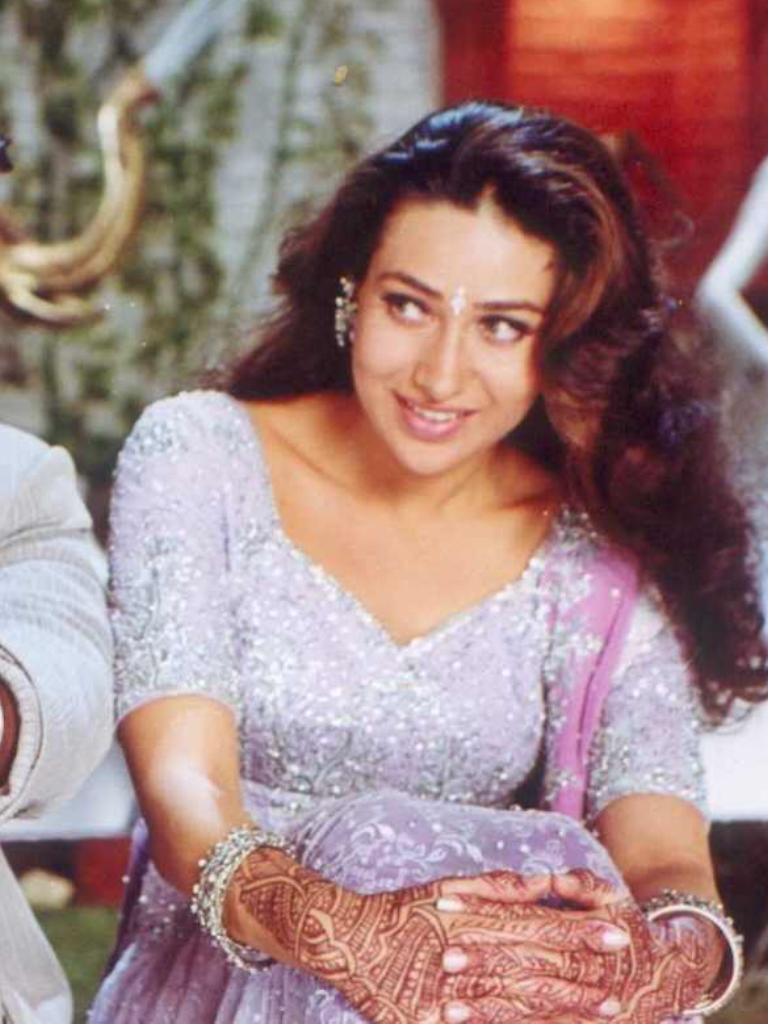
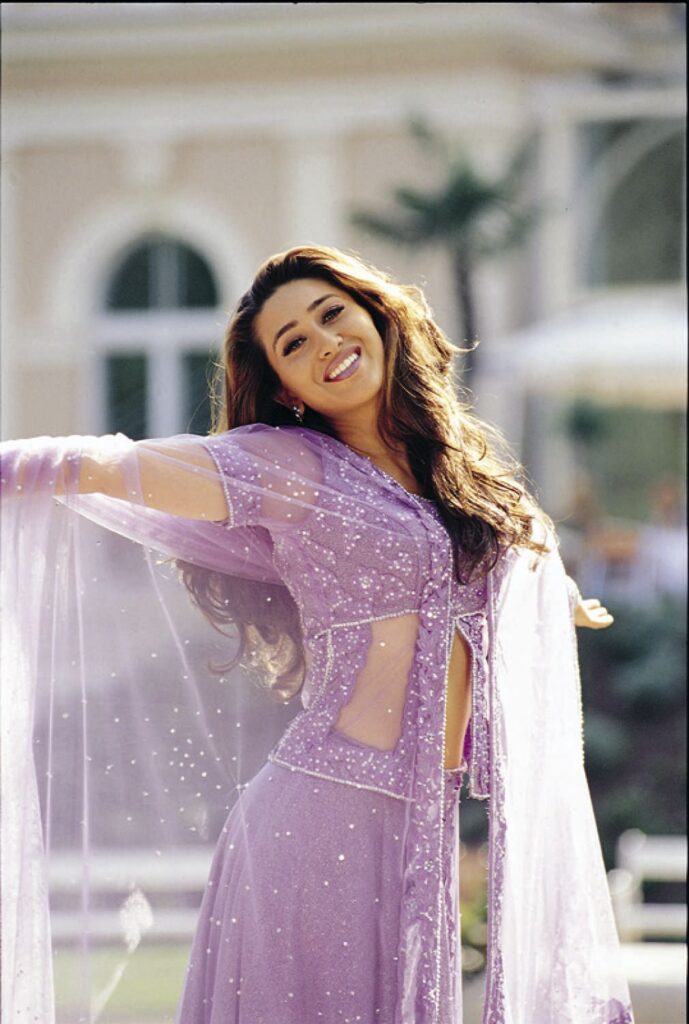
Karisma helped usher in a wave of bridal wear that felt more wearable and less theatrical, think netted dupattas, sleek salwar sets, and subtly embellished blouses. She laid the foundation for the modern minimalist bride long before the term became a buzzword.
Deepika, Aishwarya, and Sonam: The millennial vanguard
The 2000s brought in a fusion of tradition with global influences. Aishwarya Rai’s lehengas & saris in Devdas (2002) remains one of the most iconic bridal costumes in Bollywood history. Rich in layering, opulence, and scale, it spoke to the bride who wants to feel cinematic and royal. Deepika Padukone’s wardrobe in Yeh Jawaani Hai Deewani (2013) was a milestone in modern bridal fashion. Her blue sari from the film’s wedding sequence sparked a wave of similar saris for cocktails and receptions. Clean lines, modern embroidery, and feminine cuts defined her style, perfect for the bride who values subtlety over spectacle.

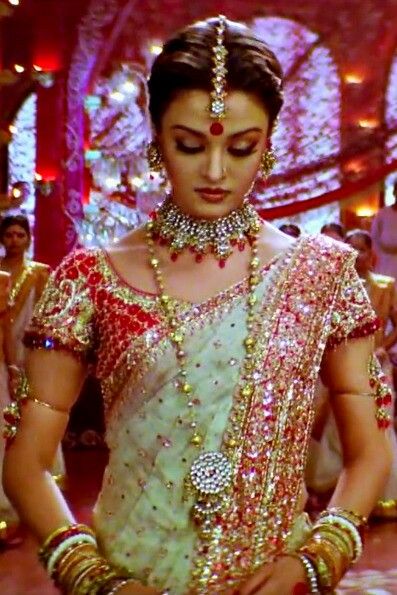

And then came Sonam Kapoor; India’s ultimate fashion-forward bride. Whether she was in a custom Anamika Khanna for a wedding or sporting fusion saris and capes in films and real life, Sonam’s influence encouraged Indian brides to experiment. She proved bridal fashion could be layered, fluid, rebellious, and still deeply rooted in tradition.
Alia & Kiara: The new age cool
In a post-Instagram world, film brides still hold sway, especially when played by leading ladies like Alia Bhatt and Kiara Advani. Alia’s look in Rocky Aur Rani Kii Prem Kahaani brought back the charm of classic silhouettes with a twist, rich jewel-toned saris, embroidered veils, and a dramatic sindoor moment that felt straight out of a modern epic. She wasn’t just a bride, she was a storyteller, embodying both softness and power in equal measure.

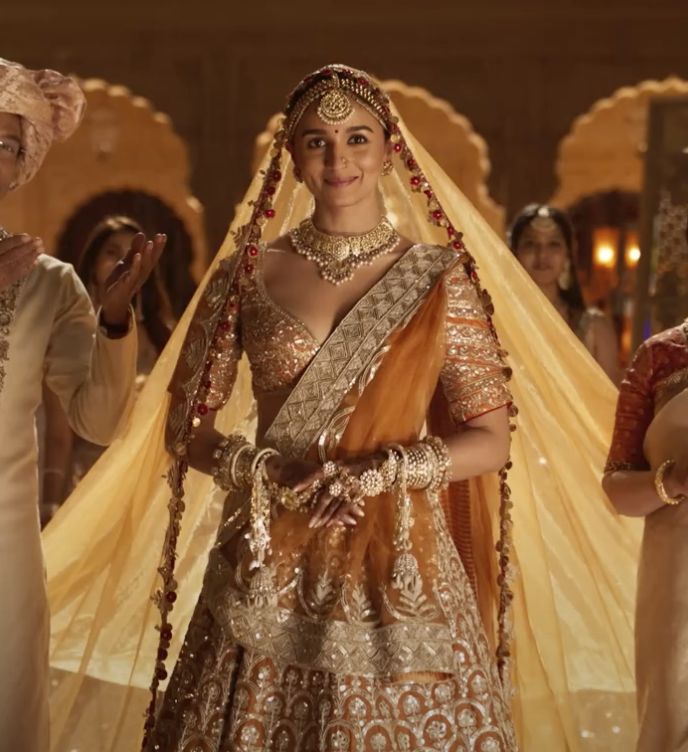
Kiara Advani’s bridal style in Satyaprem Ki Katha fused tradition with contemporary glam. Her ivory-toned lehenga, paired with statement jewellery and cinematic lighting, created a dreamy aesthetic that balanced romance with polish. She made a case for elegance that doesn’t shout, just glows. Together, they reimagined what it means to be a Bollywood bride today: emotionally expressive, visually stunning, and true to a new-age femininity that’s both rooted and radical.
Bollywood didn’t just dress brides, it dreamed them into being. Each decade gave us a new muse, a new silhouette, a new way to say “I do” in style. And in doing so, it gave Indian weddings their most dazzling costume department, full of sparkle, sentiment, and soul. So whether you see yourself in a brocade-draped Rekha, a chiffon-wrapped Karisma, or a cape-wearing Sonam, know this: bridal fashion is no longer about fitting into a mould. It’s about choosing the drama, the detail, and the dream that feels like you. After all, what is a wedding if not your very own Bollywood moment?



